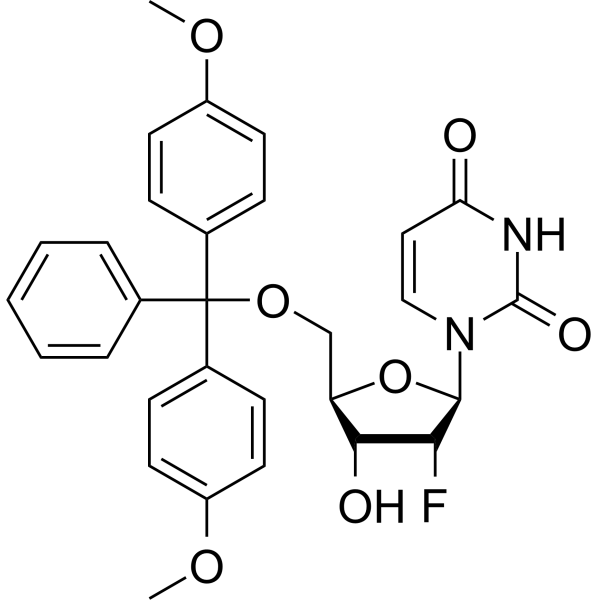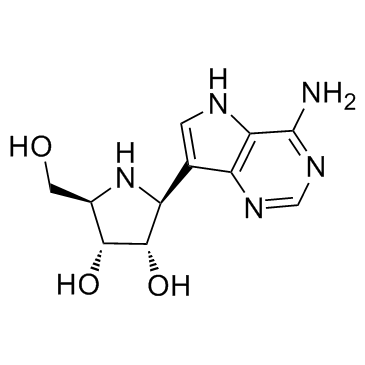Filovirus
Filoviruses is amongst the most lethal of primate pathogens. Filoviruses cause lethal hemorrhagic fever in humans and nonhuman primates. The family Filoviridae includes two genera: Marburgvirus, comprising various strains of the Lake Victoria marburgvirus (MARV); and Ebolavirus (EBOVs), comprising four species including Sudan ebolavirus (SEBOV), Zaire ebolavirus (ZEBOV), Ivory Coast ebolavirus (CIEBOV), and Reston ebolavirus (REBOV); and a tentative species Bundibugyo ebolavirus (BEBOV).
The infections typically affect multiple organs in the body and are often accompanied by hemorrhage (bleeding). Once the virus has been transmitted from an animal host to a human, it can then spread through person-to-person contact.
Targets for Filovirus
Products for Filovirus
- Cat.No. Nom du produit Informations
-
GC67627
2'-Deoxy-5'-O-DMT-2'-fluorouridine
2'-Deoxy-5'-O-DMT-2'-fluorouridine, un analogue nucléosidique, est un dérivé 5'-O-DMTr-5-FUDR avec une puissante activité anti-fièvre jaune (YFV).

-
GC14314
Aloperine
L'alopérine est un alcaloÏde des plantes sophora telles que Sophora alopecuroides L, qui a montré des propriétés anticancéreuses, anti-inflammatoires et anti-virales.

-
GC43228
Cephaeline
La céphaéline est un alcaloÏde phénolique des racines d'ipéca indien.

-
GC32092
Galidesivir (BCX 4430)
Le galidesivir (BCX 4430) (BCX4430), un analogue de l'adénosine et un agent antiviral À action directe, perturbe l'activité de l'ARN polymérase virale dépendante de l'ARN (RdRp).

-
GC32089
Galidesivir hydrochloride (BCX 4430 (hydrochloride))
Le chlorhydrate de galidesivir (BCX4430), un analogue de l'adénosine et un agent antiviral À action directe, perturbe l'activité virale de l'ARN polymérase dépendante de l'ARN (RdRp).



